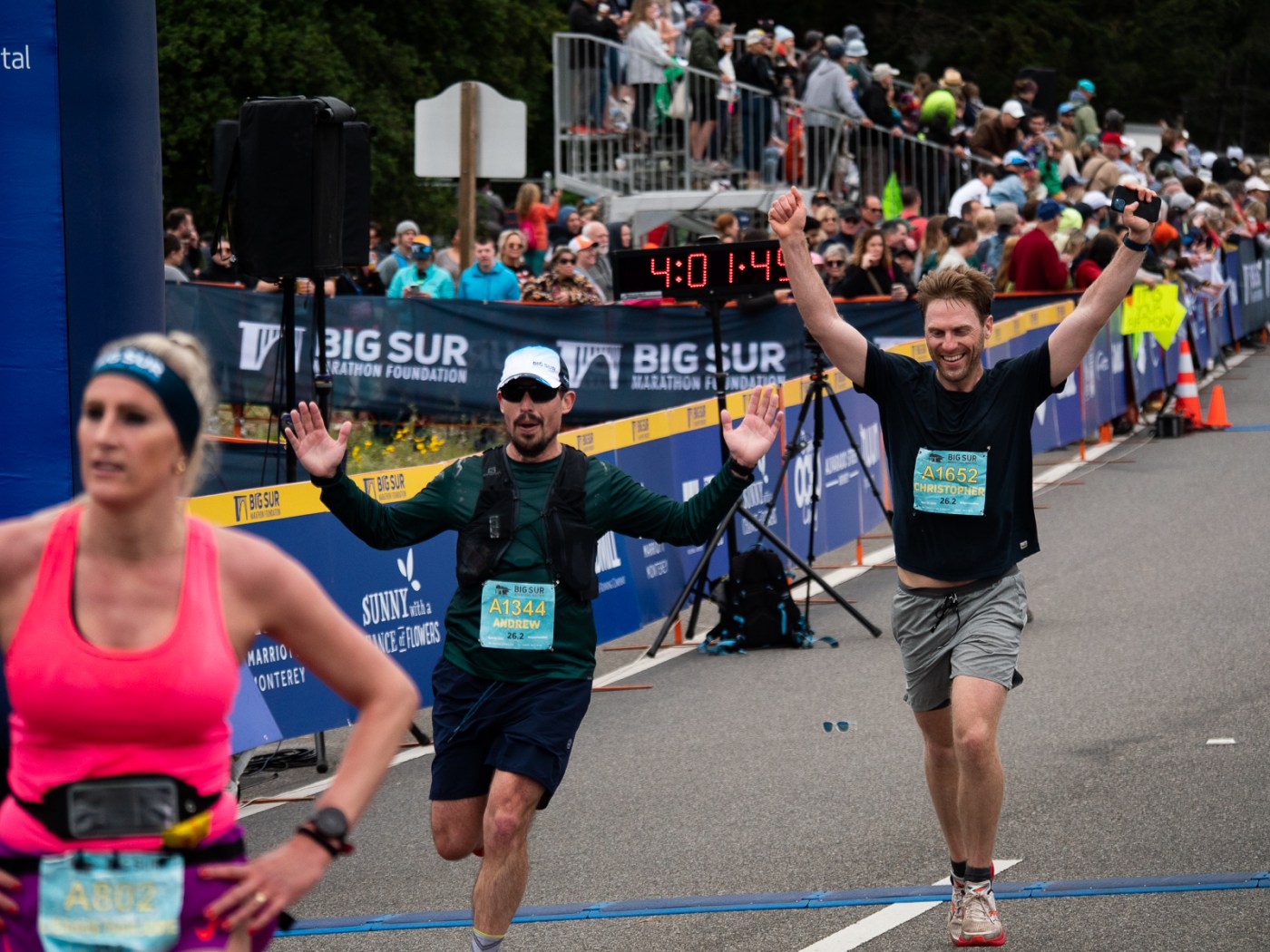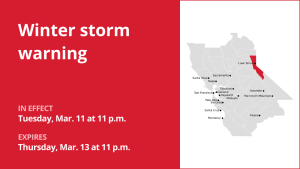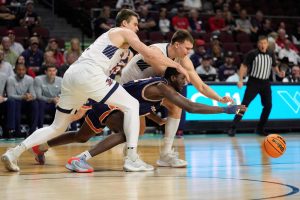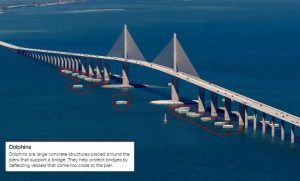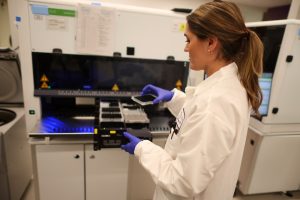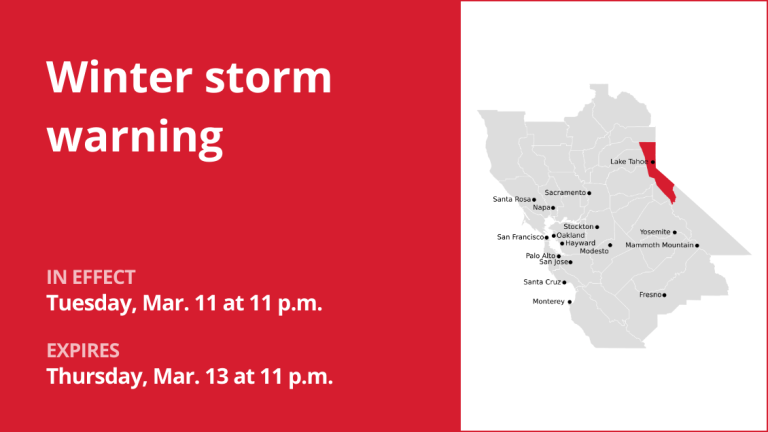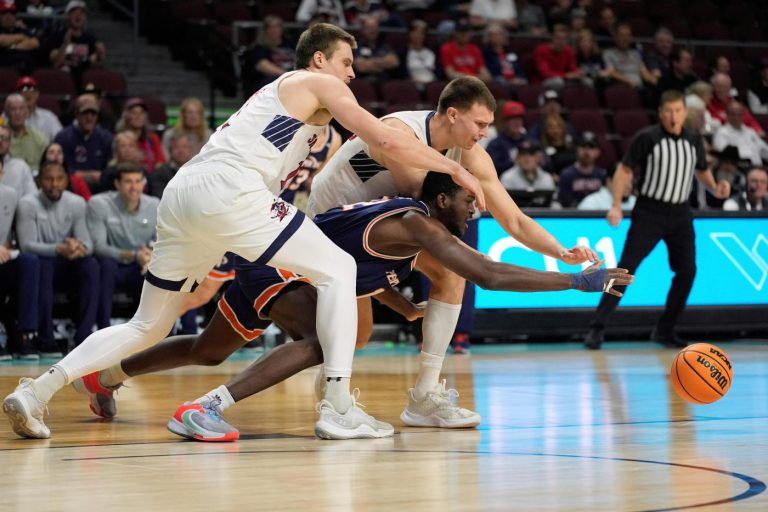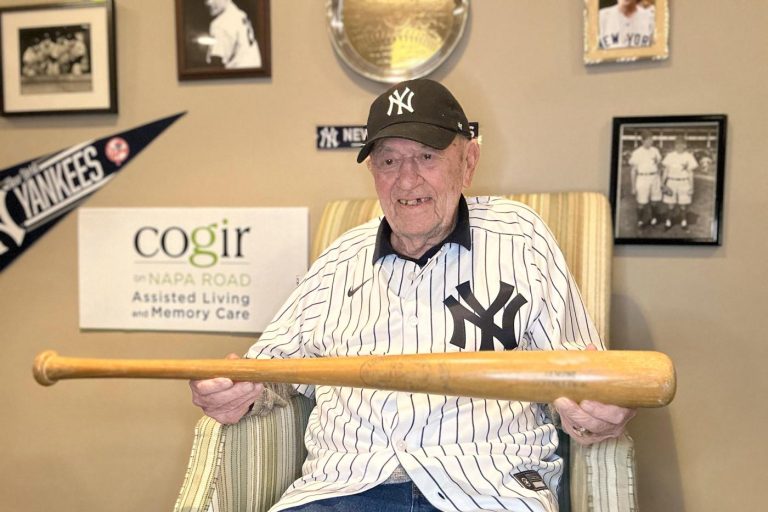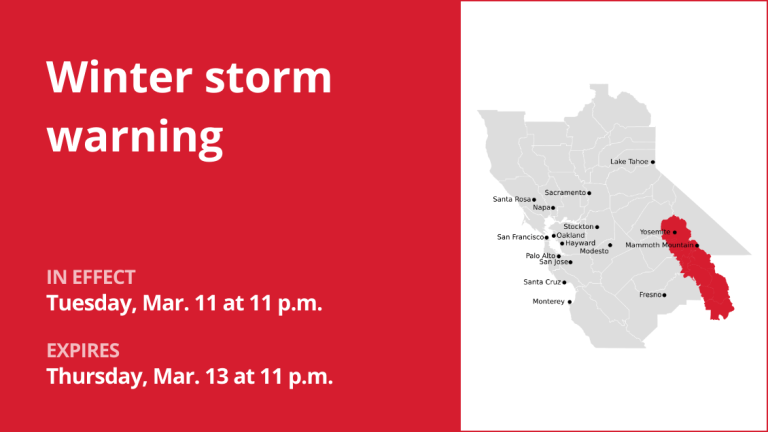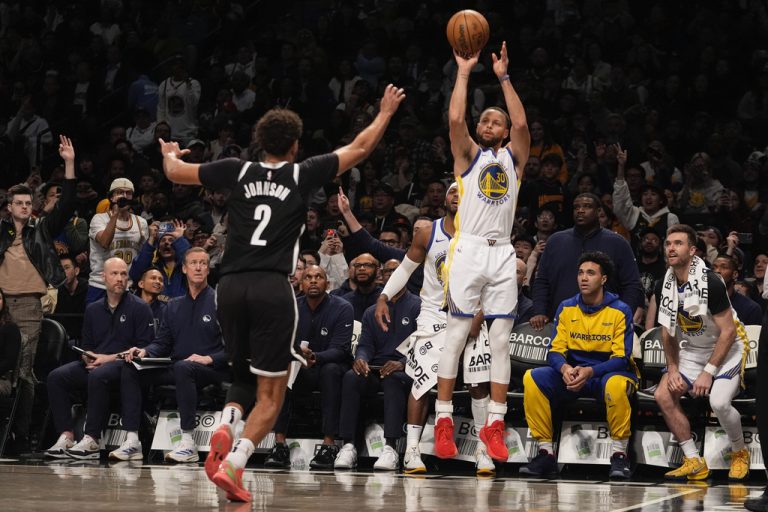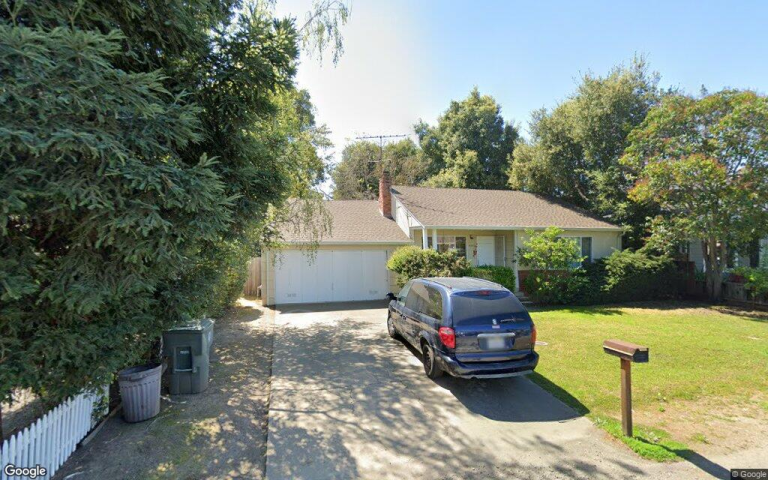CARMEL – When a portion of the world-renowned course of the Big Sur Marathon fell into the Pacific Ocean last week, the first thing the event’s executive race director did was consider the calendar.
Related Articles
Big Sur businesses, workers impacted by Highway 1 closure due to weekend slip-out
Will Big Sur headaches never end? Another partial road collapse adds to the coastal mecca’s woes
Motorists creep along 1 lane after part of iconic Highway 1 collapses
Crews escorting cars around damaged section of Highway 1 near Big Sur after lane collapsed in storm
Highway 1 traffic limited to ‘convoys’ after slipout damages lane
“As you can imagine, we have a variety of agendas,” Josh Priester said. “We have 25 days until the event.”
While an official decision isn’t expected to come down until Friday at the earliest, nothing has been ruled out for the April 28 race.
Running the full Highway 1 point-to-point course is a possibility, though not the most likely.
“Caltrans is still accessing everything,” Priester said. “We are looking at a variety of options, including the race as it is. I would be hesitant, though, to say much more at this time.”
One lane remains open near the slip-out, which is 0.7 miles north of the iconic Bixby Bridge. Only workers are permitted to be in the area, except when convoys are guiding traffic in and out twice a day.
Normally, runners are shuttled on buses from the Monterey Peninsula to the starting lines of the marathon and the 21- and 11-mile races. The marathon starts at 6:45 a.m., and the Highway 1 course is closed to traffic until 1 p.m.
The Big Sur Marathon, which ran its inaugural race in 1986, has been canceled twice in its history, for the pandemic years of 2020 and 2021.
The course was altered in 1998 and 2011 because of Highway 1 washouts. Runners were set on an out-and-back course, starting and finishing at the Crossroads in Carmel. In 1998, they turned around at Bixby Bridge. The 2011 route made a U-turn at Rocky Creek Bridge and took a short detour through Point Lobos State Park.
“That is a conversation we need to have with the State Parks,” Priester said. “We want to be able to collaborate with our agencies.”
The current slide is closer to the finish line than the obstructions of 1998 and 2011: Highway 1 is closed at Palo Colorado Road, 11 miles south of the finish line. Because of that, getting the entire 26.2-mile run in may take a little more creativity.
Race day also offers a 21-mile race, starting at Andrew Molera State Park; an 11-miler, starting at Palo Colorado Road; and a marathon relay. Five- and 12-kilometer races are out-and-back routes south from the marathon finish line, at Rio Road.
“As of now, we’re still offering all races,” Priester said. “We have a great committee of support for the marathon. I feel it more than ever. That’s what [race founder] Bill Burleigh created in 1986 and it continues today.”
Considered one of the more scenic but challenging marathons in the world, the event routinely sells out with 4,500 runners. Besides a cumulative elevation gain of more than 2,000 feet, competitors have had to contend with strong headwinds, rain, hail and temperatures as cold as 40 degrees and as hot as 80.
